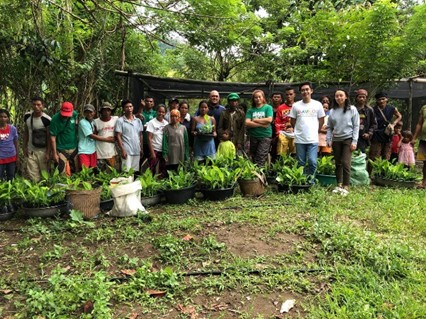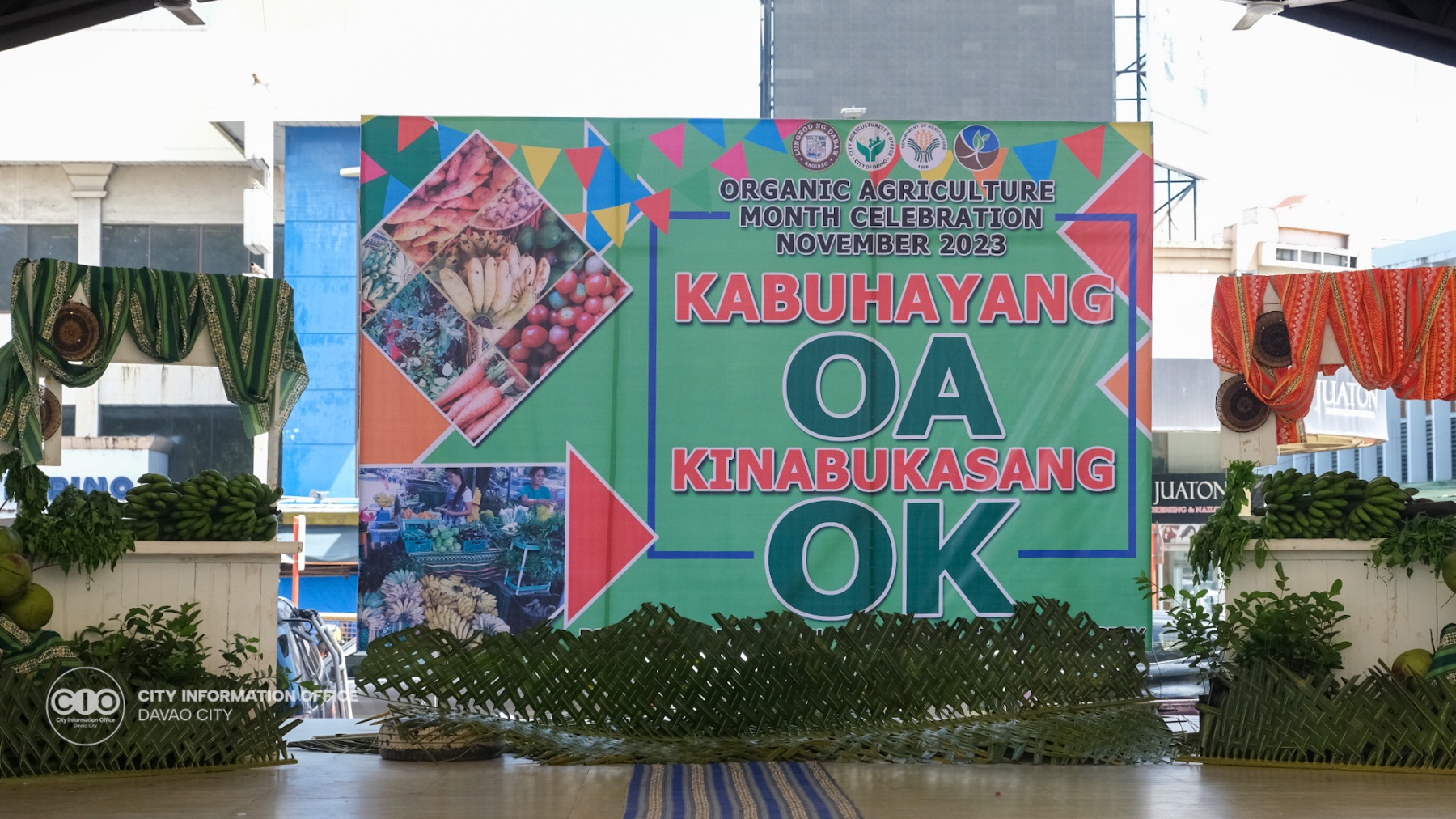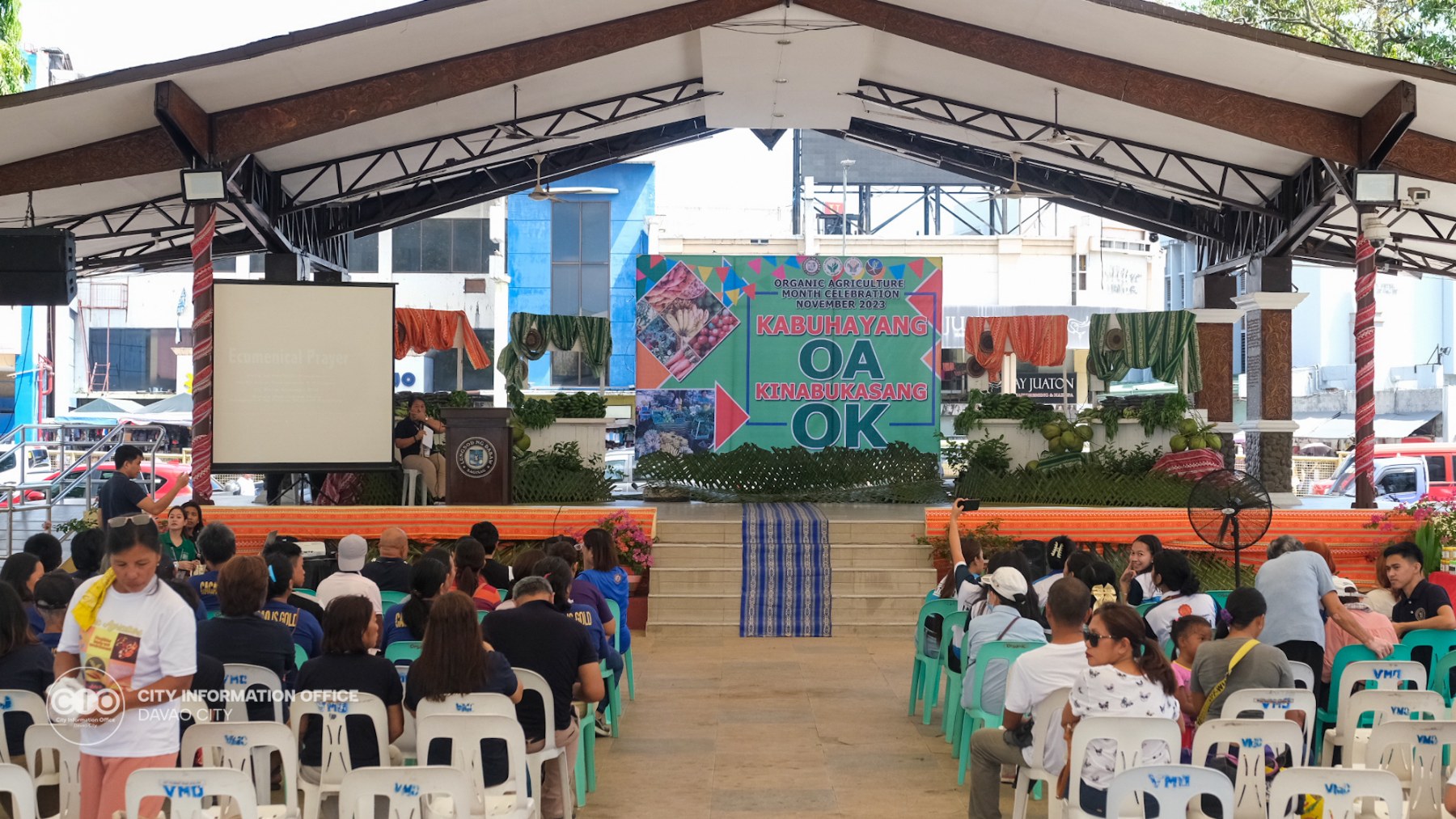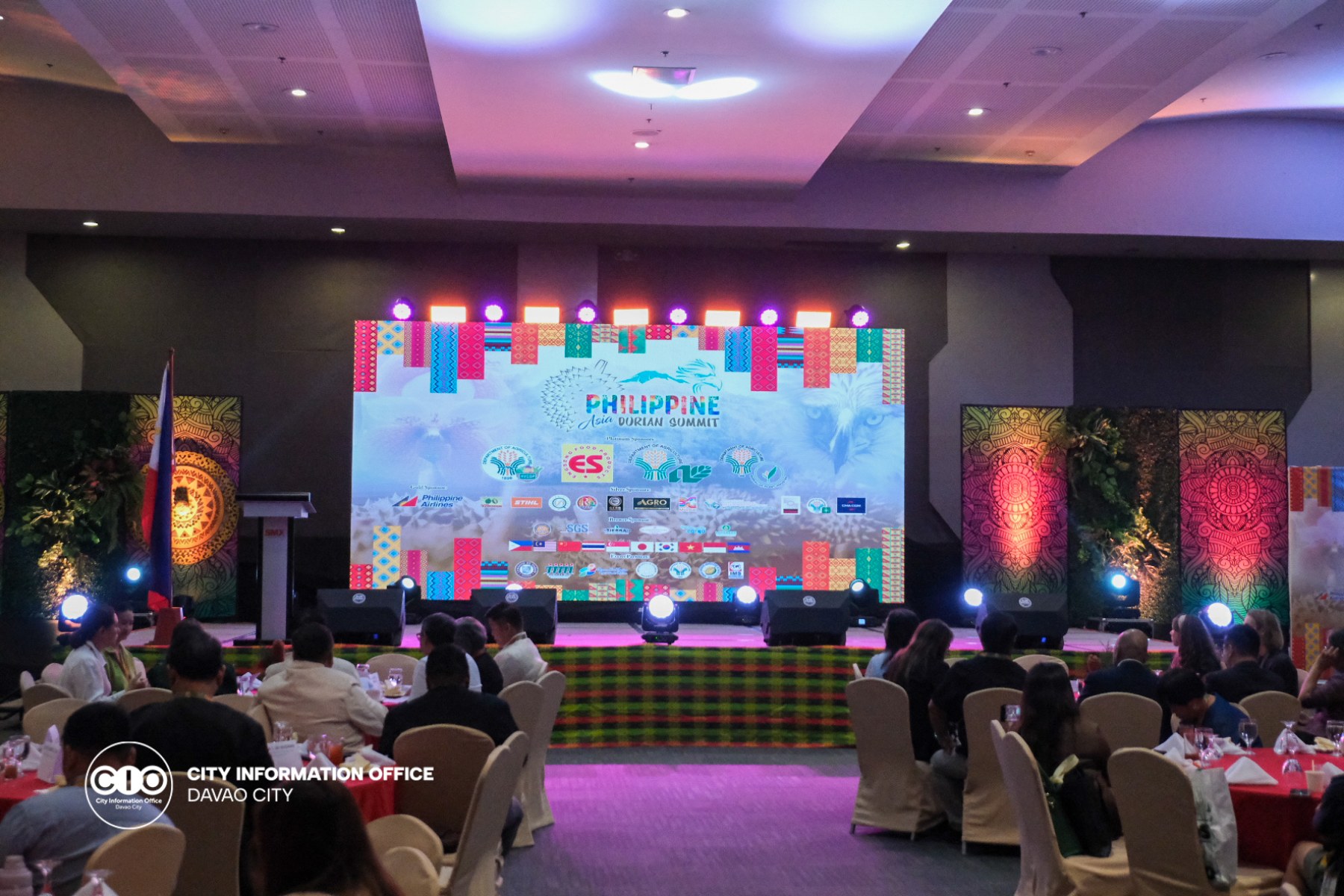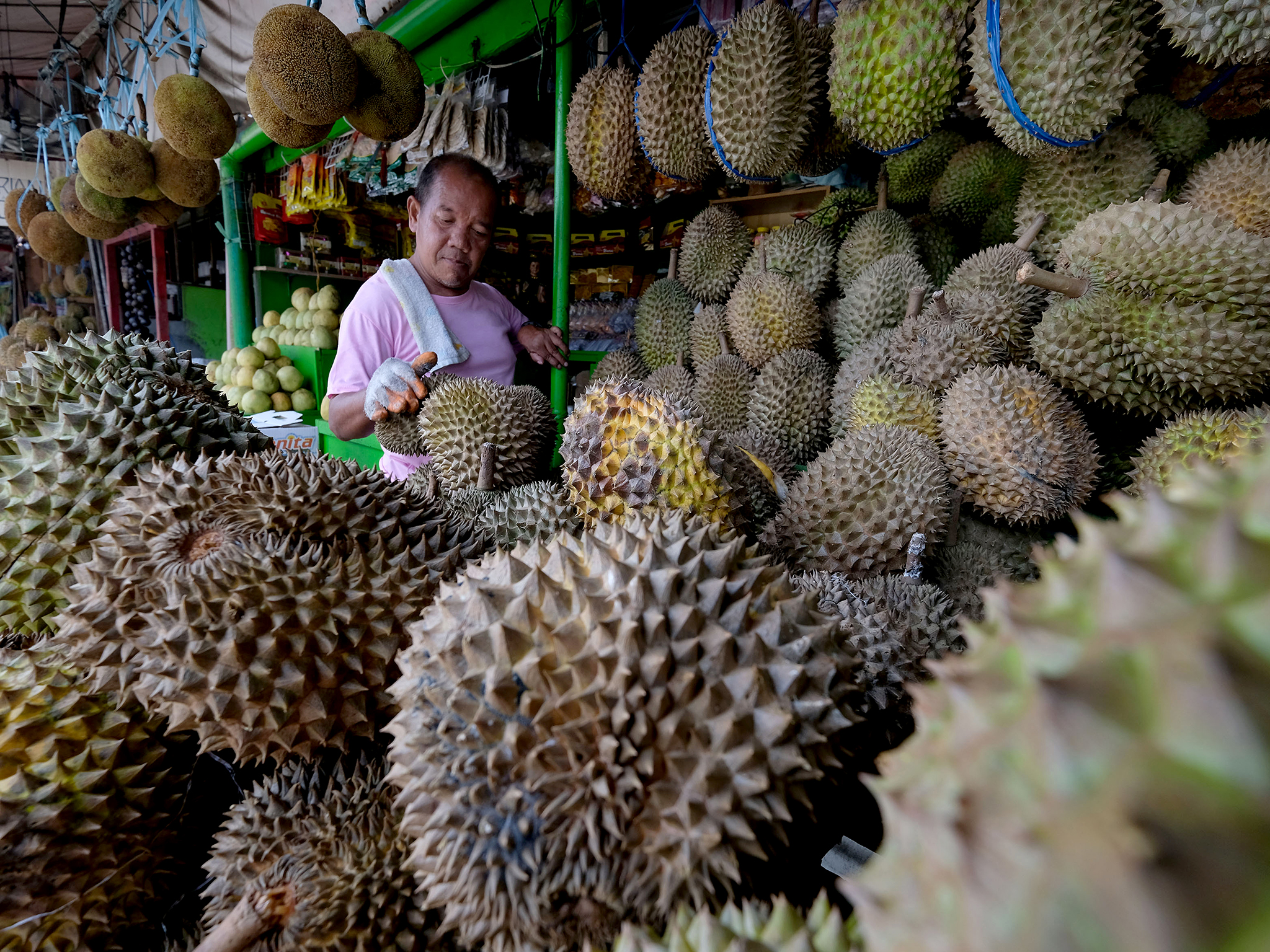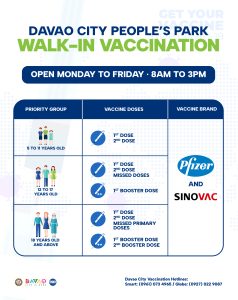The Davao City Agriculturist Office, in a bid to further bolster the city’s food production and curb dependency on external food supply and importations, will be assisting corn farmers in sowing their crops by conducting training on corn-farming technology.
In an interview during the Madayaw Davao Program aired over the Davao City Disaster Radio Monday, the City Agriculturist’s Office (CAGRO) Head Edgardo Haspe said that the city’s plans to increase food production warrant ample assistance to all farmers. The thriving corn market, which is currently attracting farmers to plant a cash crop due to its high market price, is given particular attention by the city government. The CAGRO Head said that their office slated training programs and other assistance for the city’s corn farmers.
The CAGRO chief said, “Atong makwaan ang dependence sa ubang lugar kung mapalapdan ang production sa humay ug mais dinhi sa Dabaw … Isa sa ayuda nato kay training. Naa ta’y profiles sa atong mga farmers then we will train them para sa teknolohiya sa pagpananom og mais (We will reduce our dependence on external supply once we have expanded rice and corn production in Davao City … One of our assistance programs comes in the form of training. We have the profiles of our farmers then we will train them in corn-farming technology).”
Aside from the existing pool of corn farmers, the CAGRO is currently expecting an increase in the number of corn farmers and cornfield areas in the city. The previous damage caused by the fusarium wilt disease on the city’s banana plantation areas encouraged more farmers to resort to corn farming; a transition the office welcomes.
“Very wide nga disease ni; dili lang dinhi sa siyudad, apil na pud ang ubang Davao regions. Naa ta’y mga areas gyud na na-igo gyud og fusarium wilt. Mao ni’y isa ka disease sa saging, labi na sa cavendish, nga dili na gyud matamnan og usab og saging for more than thirty years ‘no. So ang ilang pwede himuon aning area kay dili na man pwede matamnan og saging, ila na lang I-convert ‘no to cash crop (This disease was very far-reaching; not only crops in the city were hit, but also other Davao Regions. We have areas that were really hit by the fusarium wilt disease. This is a banana disease that renders the soil unsuitable for bananas. So what farmers can do since they can no longer plant bananas, they can convert their farm lands into cash crops),” he said.
The land is still suitable for cash crops such as corn even after infection from the fusarium wilt disease. However, converting the banana plantations into cornfields can be particularly tricky and will require extensive assistance from the government.
“Dili man delikado sa mais ang fusarium wilt so pwede gyud matamnan … Although kasagaran sa mga farmers nato, labi na sa mga mga karaang farmers, kabalo na gyud sila mananom og mais no, though naa ta’y i-improve gamay. Of course, ang pag-prepare sa luna kay daghan man kayo na’g stumps sa saging, dapat i-prepare ‘sa na una tamnan og mais (The fusarium wilt is not dangerous to corn crops so they can really grow that … Although most of our farmers, especially among the experienced ones, they already know how to farm corn, though we need to improve some areas. Of course, preparing the land since there are a lot of banana stumps, there must be preparations before corn can be planted),” Haspe added.
CAGRO has already distributed Trichogramma insects to corn farmers. Trichogramma is a species of insect that is often released in farm fields to control the number of other parasitic bugs such as corn borers. The Department of Agriculture cultivates the Trichogramma in BioCon Laboratories all over the country to be distributed to farmers; the insects are then released to corn farms to regulate the number of parasites without resorting to the use of pesticides that contains dangerous chemicals.
“Isa man na kay naa man tay BioCon laboratory para sa pasugpo sa Corn Borer no. Naa ta’y Trichogramma ‘no gipanghatag para sa atong mga mang-uuma sa mais para sa pagsugpo sa corn borer (One of our subsidy programs comes in the form of training. We have profiles of our farmers then we will train them on corn farming technologies. That’s one thing because we have a BioCon laboratory that can help in fighting corn borer. We have been giving out Trichogramma to our corn farmers to help them control corn borers),” Haspe said.
As of June 2022, there are over 5, 534 corn farmers in Davao City; this number is expected to rise in the coming months. CIO


